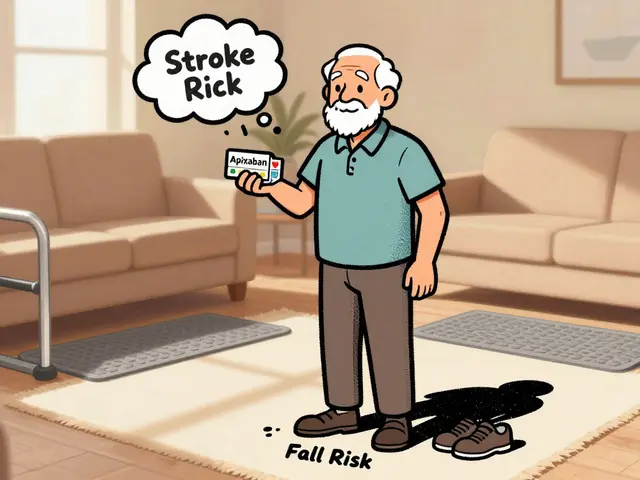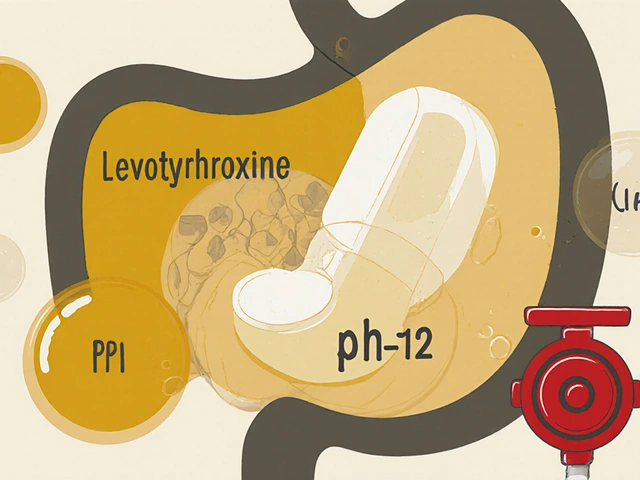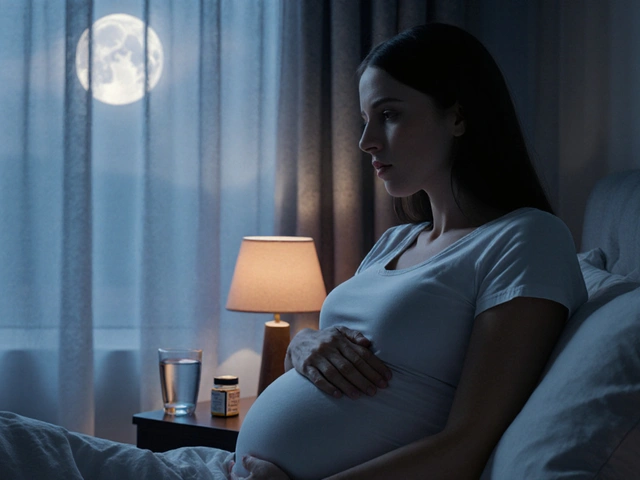Acupuncture: What It Is and Why People Try It
Acupuncture uses very thin needles at specific points on the body. It’s an old Chinese therapy that many people use for pain, headaches, nausea, and stress. Modern research shows real benefits for chronic low-back pain, knee osteoarthritis, and tension headaches, so it's worth knowing how it works and what to expect.
How acupuncture helps — short and clear
Traditional acupuncture talks about meridians and energy. Modern science points to nerve stimulation, blood flow changes, and release of endorphins. Needling can reduce pain signals to the brain and calm tight muscles. It’s not magic, but it can be a useful tool alongside medication, physical therapy, or counseling.
Which problems respond best? Chronic pain (back, neck), osteoarthritis, migraines, menstrual cramps, and some types of nausea (post-op or chemotherapy) show the strongest evidence. Other conditions like anxiety, insomnia, or fertility sometimes improve, but results vary more between people.
What to expect during a session
First visit: you’ll get questions about your health, meds, and goals. Sessions usually last 30–60 minutes. The practitioner inserts sterile, disposable needles—most people feel a quick pinch or tingling, then relaxation. Needles stay in for 10–30 minutes. Some therapists add cupping, moxibustion (heat), or electrical stimulation.
Plan to wear loose clothes so the acupuncturist can reach arms and legs. Don’t come hungry or immediately after a big meal. After treatment, people often feel relaxed, sometimes sleepy, or mildly energized. Rarely you’ll feel lightheaded—sit up slowly if that happens.
How many sessions? For acute pain you might see improvement in 1–3 visits. For chronic issues, expect 6–12 sessions over weeks. Some people use maintenance visits once a month. If you’re not seeing any change after several visits, re-evaluate with your practitioner.
Cost and coverage: Prices vary widely. Many clinics charge per session; some offer packages. Check your health plan—some cover licensed acupuncturists. Ask about cancellations and package refunds upfront.
Safety, risks, and who should avoid it: Acupuncture is low-risk when done by a trained, licensed practitioner using single-use needles. Mild bruising, local soreness, or fainting can happen. People with bleeding disorders, severe needle phobia, or pacemakers (if electro-acupuncture used) should tell their provider first.
Choosing a practitioner: Look for state-licensed acupuncturists or members of national boards. Ask about training, needle sterilization, and experience with your condition. Read reviews but also trust your first impression—clean clinic, clear answers, and a treatment plan are good signs.
Want to try it? Start with one or two sessions to see how you feel. Use acupuncture as one tool in your care plan, not a guaranteed cure. If it helps with pain, sleep, or stress, it can be a simple, low-risk addition to your routine.

As a blogger, I recently explored the benefits of acupuncture for oedema, and I was amazed by its potential. Acupuncture works by stimulating specific points on the body, restoring balance and encouraging the body to heal itself. For oedema, it helps in reducing inflammation and improving circulation, which can be a game-changer for those suffering from this condition. I've learned about various techniques, such as electroacupuncture and moxibustion, that can provide even more significant relief. Overall, acupuncture is a promising alternative therapy for oedema that deserves more attention from both patients and medical professionals.
Continue Reading





